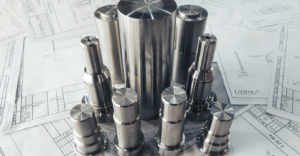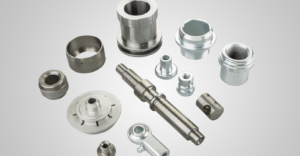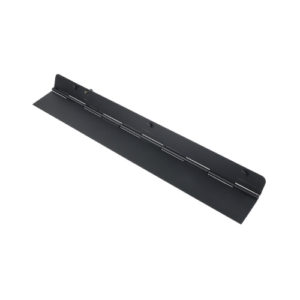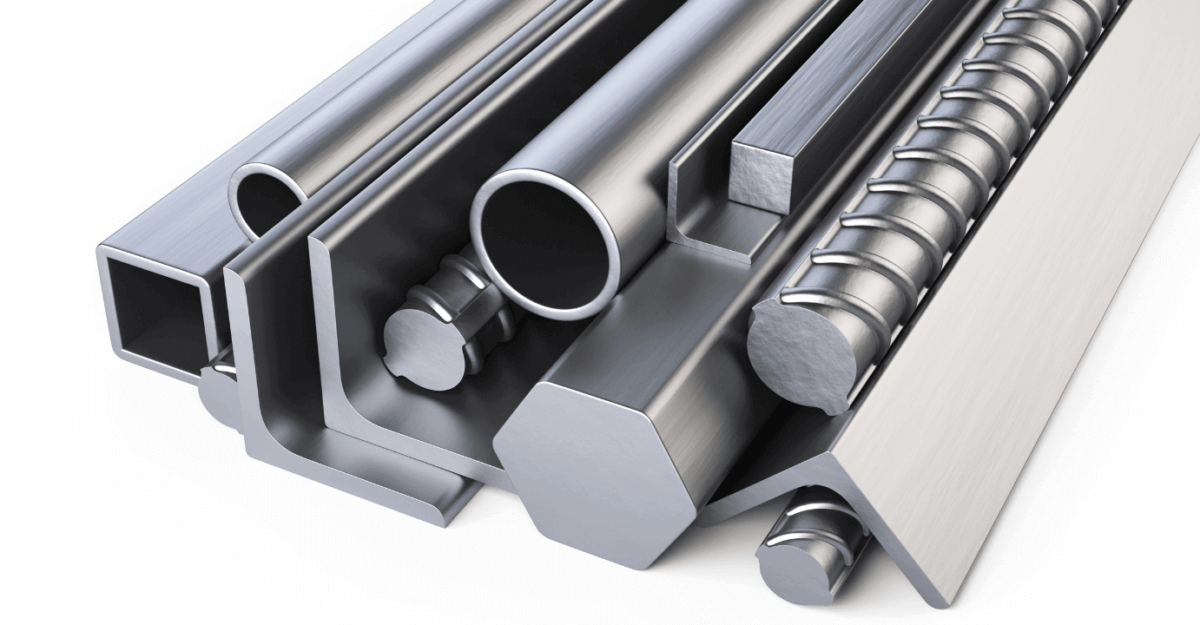Introduction
No other property of a material is as specific and revealing as hardness. No wonder it is widely used to determine the results of mechanical tests and has been here for over 250 years. Hardness tests are frequently used with other material verification techniques to retrieve critical performance information. In this post, we will dive deep to understand how hardness plays a critical role in choosing a material that will function perfectly in an intended environment. So, stay with us till the very end. Let’s get started!
What is material hardness?
Hardness is a property of a material that keeps it from undergoing localized permanent deformation, scratching, penetration, and indentation. In other words, hardness helps determine if the material will keep its physical features intact when subjected to external forces. The hardness of materials depends on various factors like elastic stiffness, viscosity, plasticity, toughness, viscoelasticity, strain, ductility, strength, and more.
Material hardness is measured using the SI units of hardness. It is also measured in pressure, depending on the tests conducted on a material. The common units of hardness measurement are Vickers hardness number (HV), Leeb hardness value (HLD, HLS, HLE), Rockwell hardness number (HRA, HRB, HRC), and Brinell hardness number (HB). Let’s go ahead and discuss the importance of measuring material hardness.

Importance of measuring material hardness
Determining the properties mentioned above helps manufacturing industries (aerospace, quality control, automotive, failure analysis, and more) get valuable insights into the range of components they will use to prepare products. Hardness testing is an inexpensive and extensively used form of material test that is non-destructive. Moreover, you don’t need to altercate the component to be tested.
The hardness testing technology has evolved as well, as we no longer are dependent on simple scratch tests. Today, we use electronics to conduct efficient and accurate forms of hardness testing as material integrity is core to global infrastructure growth. Thanks to modern technological advances, hardness testing equipment can provide reliable, precise, and quick results that help us determine critical material-related information.
Three essential types of material hardness
It is crucial to figure out material behavior under different circumstances and conditions. Therefore, you must check for different material hardness before using the material for your project. There are three important material hardness types you should know about. Here, we will discuss them all in detail.
Scratch hardness
Scratch hardness testing is the simplest form of testing you can perform on a component. Machinists perform scratch hardness tests to check the ability of a material to resist scratches on the surface. What are scratches? These are narrow continuous lines on the surface made when a rigid material brushes through the surface of a soft material. You can always find machinists scratch testing materials such as ceramics. However, scratch hardness testing won’t make the material reach the point of plastic deformation.
Machines requiring high friction components will perform efficiently when made from material with a high scratch hardness. Take an engine cylinder, for instance. Manufacturers will need to make the right metal selection to prevent any scratching or scoring of the liner’s surface. In other words, you will have to use a liner material that has a hardness higher than the materials it will interact with within the engine block.
Rebound hardness
Rebound hardness is a check to determine if the material will regain its original shape upon removal of external forces. Hence, it is also called dynamic hardness or elastic hardness. Rebound hardness, therefore, is different from plastic deformation. We check for rebound hardness when we need a material that can absorb the energy on impact and return to its original shape or form. To test for rebound hardness, machinists use an indenter.
The indenter has a known hardness which is helpful in determining or comparing the rebound hardness of the material. You will often find machinists dropping a diamond-tipped hammer on the material to test its rebound or dynamic hardness. Machinists measure the hammer’s rebound after the strike. The material has a high rebound hardness if the hammer returns closer to the original dropping height.
Indentation hardness
Indentation hardness is one of the most important material hardness types that helps machinists find a material that can bear a continuous load. In other words, we can check the hardness of the material to deformation. In this, the material is examined under a constant load. Machinists check whether or not the material forms an impression under the load. Indentation hardness tests are both microscopic and macroscopic, depending on the material and purpose. Engineers and metallurgists often refer to indentation hardness to know the amount of load a material can bear before it breaks or changes form.

How to test material hardness?
As material hardness types differ with material, so do the techniques to test them. Here we will discuss the different methods you can use to test the material hardness of a component you are about to use.
The Brinell Test
The Brinnel test helps machinists measure the indentation hardness of a material. In this, we measure the diameter of indentation caused by a constant concentrated force applied by a spherical steel or carbide indenter on the material surface. The steel or carbide ball is kept in contact with the material surface before applying a constant force. The force is applied for a duration of 10 to 15 seconds (dwell time). After that, the spherical indenter is removed to measure the round-shaped indent on the material. The formula to measure Brinell Hardness (HB) is:
HB = (Applied test force (in kgf)) / (Surface area of indentation (mm square))
Vickers Hardness Test
The Vickers hardness test is another technique to test the material for indentation hardness. It involves a four-sided square-based pyramid indenter put on the material surface under a load or force. Here, you will have to measure the surface area of the indentation. The specimen or material is first made to come in contact with the indenter. After that, the indenter applies the specified load on the material for the appropriate dwell time. Finally, you measure the surface area of the indentation. You can measure Vickers Hardness (HV) using this formula:
HV = (Applied test force in kgf) / (Surface area of indentation in mm square)
Scleroscope Test
Do you want to measure the rebound hardness of a material? Use the Scleroscope test. In this, you connect a hollow vertical glass tube to a stand through which you drop a diamond hammer on the test material. The diamond hammer will bounce upon hitting the material, and the height of the bound is measured and recorded. Materials with higher rebound hardness will have a higher bounce. The Scleroscope test is one of the simplest ways to test rebound hardness.
Mohs Hardness Test
Are you looking for a reliable technique to test scratch hardness? We recommend you use the Mohs hardness test. In this, you scratch the material against a reference material with a known hardness. The test involves scratching the surface using ten reference materials with different hardness. The scratch hardness is measured in between one and ten, with ten being the hardest to scratch.
Rockwell Hardness Test
Use the Rockwell Hardness test to measure the material hardness upon application of a concentrated load. In this, you measure the permanent depth of the indentation. You start with a minor force of ten kilograms using a spherical indenter made of steel. Machinists also use a diamond cone with the same weight. The depth of indentation made using this preliminary load is used as a reference point. After that, a specified significant load is applied to the material for the specified dwell time. Finally, the difference in the depth of indentation caused due to reference load and specified major load is calculated.
Rockwell Hardness (HRC) = [0.2 – permanent depth of indentation (mm)] x 500

Conclusion
There you have it. We have shared everything you need to know about hardness testing and its implications on industries across the world. Material hardness and hardness testing go together and play a vital role in determining a suitable material for the proposed usage. We highly recommend you have an in-depth understanding of material hardness so that you manufacture products that are well-engineered, safe, and efficient. Did you find this post useful? Let us know in the comments. Also, don’t forget to check out other informative posts on the blog!

